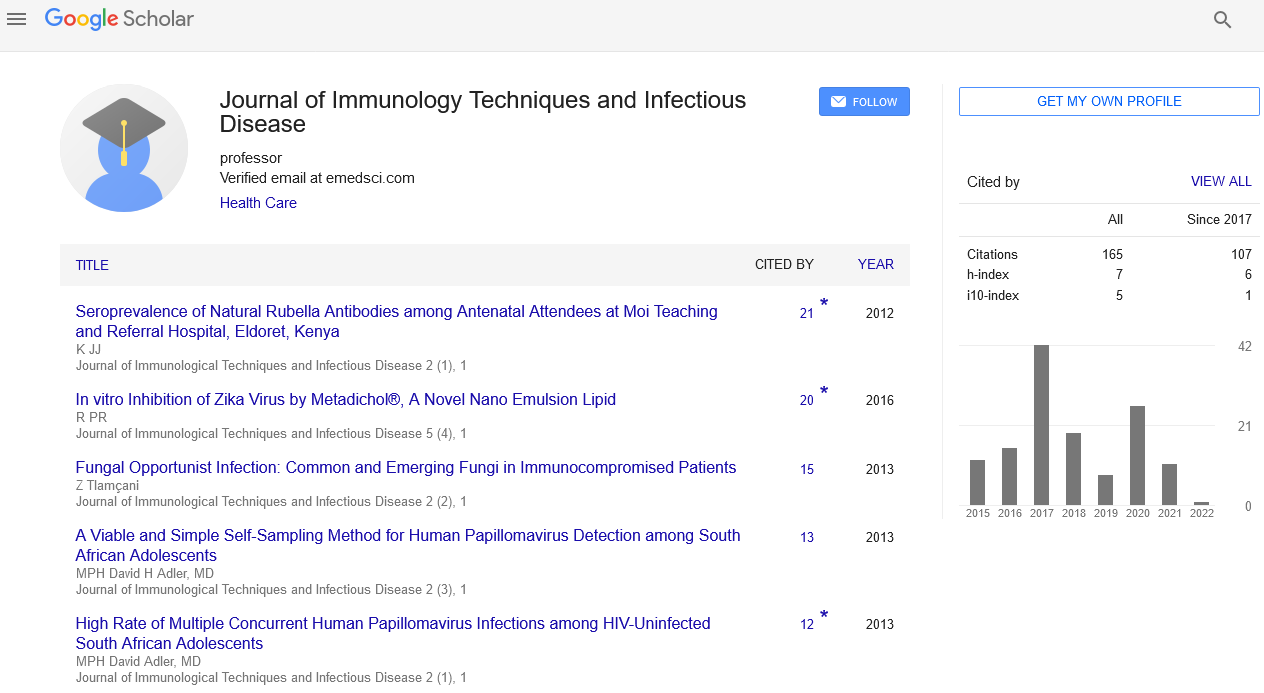Antibiotic-impregnated central venous catheters for the prevention of catheter-related bloodstream infection in children: A meta-analysis
Vaneza Leah A Espino, Melissa A Dator, Maria Liza Antoinette and M Gonzales
UP-Philippine General Hospital, Philippines
: J Immunol Tech Infect Dis
Abstract
Background: Use of central venous catheters (CVCs) ensure stable access in critically ill patients but is associated with increased infection rates. CVCs with antimicrobials has been recommended for infection reduction in adults. A review of antibiotic-impregnated CVCs’ usefulness in children is needed. Objectives: The objective of this study is to determine the effectiveness of antibiotic-impregnated CVCs in reducing infection in children. Search Methods: Extensive search of MEDLINE, Cochrane Database of Systematic Reviews and Cochrane Register of Controlled Trials, Clinicaltrials.gov, Google scholar was done for trials published until June 2016. Reference lists from retrieved journals were checked for relevant articles. Selection Criteria: RCTs evaluating antibiotic-impregnated compared with standard CVCs for reducing infection in children. Data collection & Analysis: Two authors assessed trial quality and extracted data. Statistical analysis was done using Review Manager with fixed or random effects model. Outcomes: Bloodstream infection, hypersensitivity, thrombosis, mortality, site infection, length of ICU and hospital stay. Dichotomous data were presented as risk ratios (RR), continuous data as mean differences with 95% confidence intervals (CIs). Results: Two low quality trials (n=1773) were analyzed showing nonsignificant reduction of bloodstream infection in the antibioticimpregnated group compared to standard catheters (RR 0.49; 95% CI 0.23-1.02, I2=0%) with no increased risk of thrombosis (RR 1.04 95% CI 0.84-1.28, I2=0%). No statistical difference was seen in the duration of ICU and hospital stay. Conclusions: The use of antibiotic-impregnated CVCs cannot be recommended now. Decision of its use will depend on the clinical judgment after consideration of the costs and benefits. More RCTs are needed to reinforce the evidence.
 Spanish
Spanish  Chinese
Chinese  Russian
Russian  German
German  French
French  Japanese
Japanese  Portuguese
Portuguese  Hindi
Hindi 
